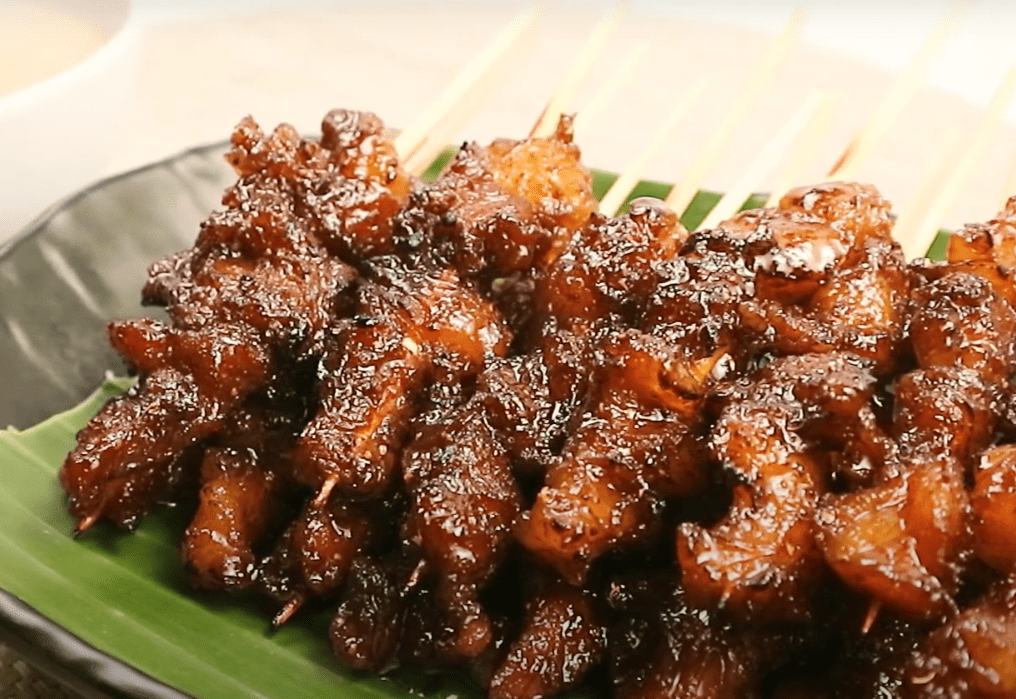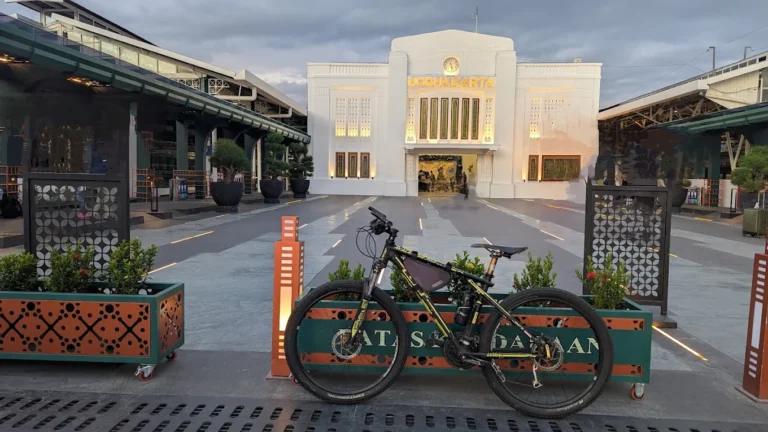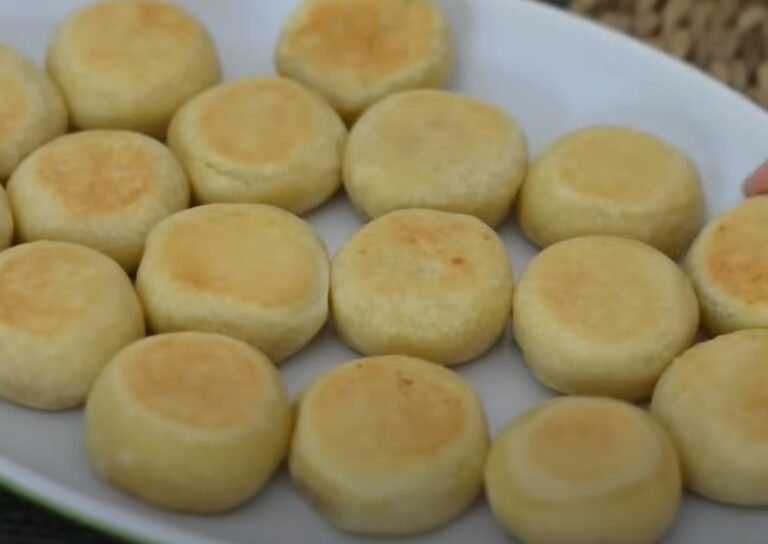Have you ever heard of sate kere? Let’s find out more about the origins of sate kere.
Yogyakarta is one of the cities in Indonesia that is famous for its diverse cuisine. Besides gudeg, one of the culinary delights in Jogja that you must taste is sate kere.
Sate kere is a popular dish in Yogyakarta and Solo. This satay is different from satay in general.
Usually, satay is made from meat, but kere satay is made from tempe gembus or animal fat and offal. In Jogja, sate kere is made from beef gajih, which is complemented with spices and soy sauce. One of the places you can go to buy sate kere is Beringharjo Market.
Nowadays, sate kere is a much sought-after culinary dish by tourists. It is certainly different from the initial conditions when sate kere appeared in the middle of Javanese society.
Read More : What is The Lost World Castle of Yogyakarta?
The Origins of Sate Kere
The name sate kere is taken from the word “kere” which in Javanese means poor. The origin of this sate kere cannot be separated from the lives of the poor.
In the past, meat was a very expensive food item. Therefore, only the upper class could eat meat. As for the lower classes, eating meat-based food such as satay is a very rare thing.
Although the poor face economic limitations, they do not give up looking for ways to enjoy satay. They finally created a new satay recipe using offal and tempe gembus as the basic ingredients.
Offal is the remains of slaughtered animals. Meanwhile, tempe gembus is processed soybean pulp from the remaining tofu production. That is why the price of satay kere is cheap and can be reached by the poor.
Although it does not use meat, sate kere still has a taste similar to real satay. Like satay in general, kere satay is also topped with peanut sauce which makes the satay even more delicious.
As the food of the poor, there is a symbol of a counter-culture against the colonizers who were part of the elite in the past. This sate kere is a counter-culture made by the colonized against the colonizers. In the past, meat satay could only be enjoyed by colonizers because they were rich and powerful, while the poor or colonized natives could only enjoy the leftovers.
However, over time, this sate kere is now favored by tourists and even the elite. In fact, President Joko Widodo has a favorite satay stall in Solo called sate kere Yu Rebi.
While in Jogja, there is one legendary kere satay seller, Mbah Suwarni, who has been selling since 1984. Mbah Suwarni continues the recipe passed down from her parents and siblings to this day.
She sells near the south entrance of Pasar Beringharjo and under the bridge of a bright yellow banner that reads “Sate Kere Mbah Suwarni.” She sells sate kere filled with gajih and seasoned with garlic, shallots and palm sugar.
Sate kere by Mbah Suwarni has many fans. Some of them are officials, such as the former Mayor of Jogja, R. Widagdo and Haryadi Suyuti. Mbah Suwarni sate kere is also often ordered at important events in Yogyakarta.
Not only selling sate kere, Mbah Suwarni also sells beef satay. For the kere satay, the price starts from Rp10,000 for 3 skewers, while the beef satay costs Rp5,000 per skewer. In one day, Mbah Suwarni can use up to 15 kilograms of gajih and beef.
Uniqueness of Sate Kere Jogja
Although both are named sate kere, there are differences between sate kere Jogja and sate kere Solo. Solo’s kere satay is made from tempe gembus, which is made from tofu pulp. Meanwhile, sate kere in Jogja is made from beef mixed with gajih or beef fat.
The delicacy of sate kere comes from the way it is marinated in spices before being grilled using charcoal. This is what makes this type of satay soft and has its own flavor. The spices used in kere satay are garlic, pepper, coriander, coconut sugar and salt.
In one skewer, there are 4-5 pieces of meat cut into small cubes. Generally, a serving of sate kere contains 5 skewers and is served with liquid sambal. The sambal used on sate kere is called kuah rujak which tastes spicy and sweet.
In addition, satay kere in Jogja is usually served with ketupat or kupat sayur. So, this satay becomes an additional side dish of the soupy vegetable kupat. Vegetable kupat is often found in restaurants that sell sate kere.
Another uniqueness of satay kere is its distinctive aroma when burned. Nowadays, sate kere is sold by merchants with various variants, ranging from the original to variants that are seasoned with soy sauce or peanut sauce. Although it is made using offal in the form of beef gajih, many merchants sell this kere satay using beef alone.
Read More : Kotagede Yogyakarta: What to Expect From The Historical Mataram Empire Remains in Kotagede
Where to Eat Sate Kere
Sate kere is sold in various places in Jogja. One of the most famous is at Mbah Suwarni’s at Beringharjo Market. Besides Beringharjo Market, you can also find this satay kere at Kotagede Legi Market called Sate Kere Kotagede.
Not only in the market, there are several other places that sell sate kere. Some of them are Sate Kere Kupat Sayur Mbah Mardi on Jalan Godean No. 5, Sate Kere Gajih Sapi on Jalan Jambon No. 8-60 Kricak, Sate Kere Kupat Sayur Pak Bambang on Jalan Ngapak-Kenteng No. 4, and Sate Kere Lek Jimmy on Jalan Kaliurang Km 10.
Closing
That’s the explanation about the origins of satay kere. This satay kere can be one of Jogja’s culinary specialties that you must try when you are in this city.
For those of you who are looking for a tour agent in Jogja, you can visit Yogyakarta Tour. With various facilities available, Yogyakarta Tour is ready to accompany you to explore the culture, history, and natural beauty of the city of Jogja.







